News
Stop worrying about Tesla Supercharger congestion, it will be alright
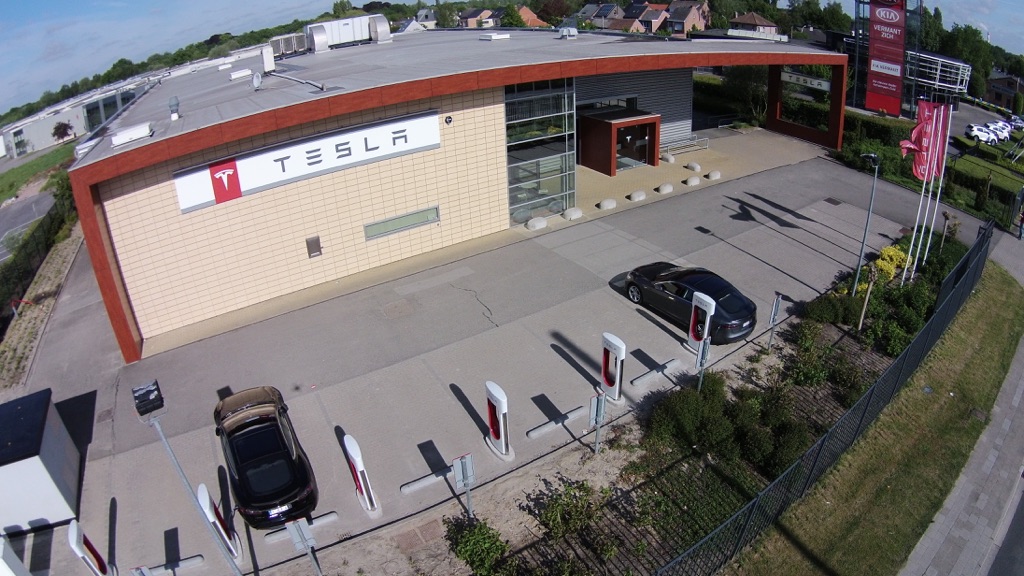
If you’ve ever heard the phrase “a solution looking for a problem” then you’ll completely understand what I’m about to say. While I’m at it with catchphrases, Tesla seems to be a living, breathing double-edged sword. When it comes to giving us details, they are “damned if they do, damned if they don’t.”
By now, we all know the Model 3 is going to be huge. We also know that Model S and X vehicles with Supercharging enabled can enjoy “free long distance travel,” which we understand to mean “free for life.” The not so subtle elephant in the room is that free could lead to abuse, which could lead to lines and waiting for Supercharger use. I’ve already discussed what I think is step 1, which is educating folks on some Supercharging best practices they can do to be mindful of our shared asset. I’ve also discussed things Tesla themselves could do to alleviate potential congestion at Supercharger locations.
Here’s my disclaimer: This is a solution looking for a problem! Model 3 is more than a year away and despite what you may hear, MOST superchargers have one or more stalls available MOST of the time. Long waits and lines only plague select locations, and even then, only occur on very few occasions. While I’m no record-holding Supercharger pro I’ve only ever seen an 8-stall location full once. It was Hamilton, NJ and it was before the addition of two Superchargers on the nearby New Jersey Turnpike. I’ve also only ever known of one location to be constantly busy. It was the Newark, DE location, which has recently been upgraded from 4 to 12 stalls. So again, I don’t think this is a problem right now. I don’t even think it will be much a problem when Model 3 hits the streets. Tesla builds new chargers all the time and has committed to both distance and density. They know, more than anyone, which locations are busy and which aren’t. I trust they will plan accordingly.
You will be OK
But since folks love to debate every word – or lack thereof – that Tesla says, let’s have at it. Let’s pretend that the big bad wolf will come to the charger and blow it down just because it’s free and unrestricted once you incur an up-front cost. Let’s further pretend that Tesla considers the idea of a pay per use model of charging. I’ll repeat this later but for the record, I don’t think they’ll do anything like this. Not now, not ever.
- Pay Per Use – kWh. This is a common and seemingly simple idea. You don’t need $2,000 worth of electricity, you only need a few bucks worth a few times a year. You don’t want to pay up front for all the phantom local moochers that you suspect will abuse an unrestricted system. The cars are smart, they can tell how much you’ve used per charging session so it appears they can charge you for it on the basis of that. Maybe you don’t even care if there is a huge markup on the electricity. It’s a win for everyone in that case, because it’s still cheaper than gas. Even if it wasn’t, it’s worth it to take a car as great as a Tesla on a road trip. Plus almost all of your charging is done at home where it’s way cheaper than gas. Fine, points taken. Except, there’s a “but.” But selling electricity is complicated. The United States is complicated! Here, we have 50 states and plenty of lines between them. They get to set their own laws and rules and tax rates. Cities and towns do too. If you thought that gaining approval to build a supercharger was a challenge, imagine trying to become an energy supplier in every municipality as well. This alone is enough to rule out the idea of charging per kWh. Add that in with having to handle point of sale transactions and you’ve completely changed how Tesla must operate. It already takes quite a bit of effort to build out this network, and there is no reason to make it harder. (Let’s pretend that’s why no other automakers have done it.)
Tesla builds new chargers all the time and has committed to both distance and density
- Pay Per Use – Time. There’s a pretty clear precedent for selling time at almost any major municipality on earth: paid parking. In theory, it would result in very few people charging past 90%; that point where your electrons slow drastically and you’d get a lot less bang for your buck. This speaks perfectly to the concept of battling lines with quick turnover. Except, nope. Tesla, in my opinion, won’t be willing or interested in the hassle of point of sale purchases. They’d have to figure out an appropriate price, which I imagine would vary by location. They’d have to employ people to figure out the tax rules and rates for each country, state and city. They’ve have to work with various credit card companies and be able to accept multiple forms of payment. They may even need to carry certain types of liability insurance for providing paid parking. Tesla is in the business of advancing sustainable transport by, primarily, making compelling electric vehicles. Anything else is just noise and takes away brainpower from doing other great things.
- Pay Per Use – Day. Tesla is amazing and has done plenty of things no other company has done before. They continue to surprise us and have stayed alive despite many assumptions that they’d never make it this far. So I’ll humor you, dear reader, and assume they are willing and able to take on the challenges of point of sales purchases. Game on! Rather than selling time or electricity, Tesla can simply sell access to software. Most Teslas on the road, and all that will soon be on the road, will have the hardware required for supercharging. They can undoubtedly figure out how to program an option in your touchscreen (or simpler still, an automated telephone line) that allows you to opt into supercharging access for a day, at a price. They’ve already given away free trials of Autopilot, so we already know opening up software for a limited time is possible. Shoot, maybe they can even get some PR out of it. “Free supercharging on your birthday!” or “Merry Christmas, here’s a free day!” These things sound great, but I still have an objection. Tesla needs money to build more chargers. End of story.
This isn’t about paying for what you use, this is about paying for the building of a network. There will always be owners who use far less electricity from Superchargers than their initial cost would have bought in kilowatt hours. There will also always be some owners who use more. Where I live, property taxes are required whether you send kids to public school or not. We’re all paying for a system.
Which is why – and here’s my promised repeat – I don’t think Tesla will ever adopt a pay per use model for Supercharging. They’ll continue their commitment to density and distance, they’ll continue to monitor busy locations and they’ll continue to keep their eye on the prize. Because remember, the hopefully inevitable adoption of sustainable transport means someone, somewhere, will start building a whole lot more electric car charging stations.
Feature photo of the Tesla Supercharger in Antwerp-Aartselaar, Belgium courtesy of ldubois_BE

News
Tesla 2025 Holiday Update: Here’s what it includes, and what it’s missing
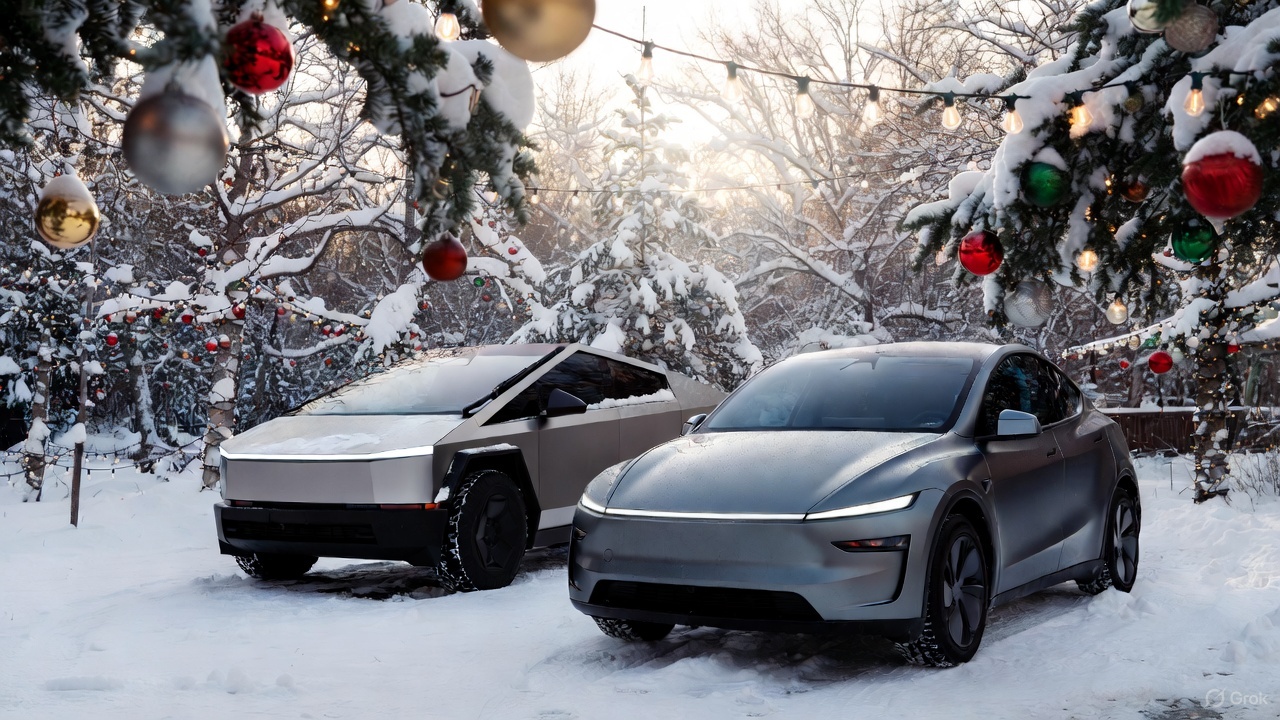
Tesla has finally announced the features for the 2025 Holiday Update, which includes a wide variety of new inclusions that are both functional and just for fun.
The new features are plentiful, but there were a handful of things we were expecting to see based on what we know. We don’t want to sound ungrateful, because there are a lot of great new things on the way with this update.
Here’s what was included:
Grok with Navigation Commands (Beta)
Grok will now have the ability to add and edit navigation destinations, which is a drastic improvement considering Tesla owners had to use their standard voice commands for this in the past.

The utilization of Grok will likely improve the navigation experience by offering some insight into your destination, including reviews and other points of interest nearby.
It will be enabled by using Grok’s “Assistant” personality.
Tesla Photobooth
“Turn your car into a photobooth! Take selfies from inside your Tesla & give yourself a makeover with fun filters, stickers, and emojis. Share with others right from the Tesla app.”
This feature will be available within the Toybox.
Dog Mode Live Activity
When using Dog Mode to keep your four-legged friend comfortable in the car, you’ll now be able to check in on them as it will share periodic snapshots of the cabin, along with live updates on temperature, battery, and climate conditions.
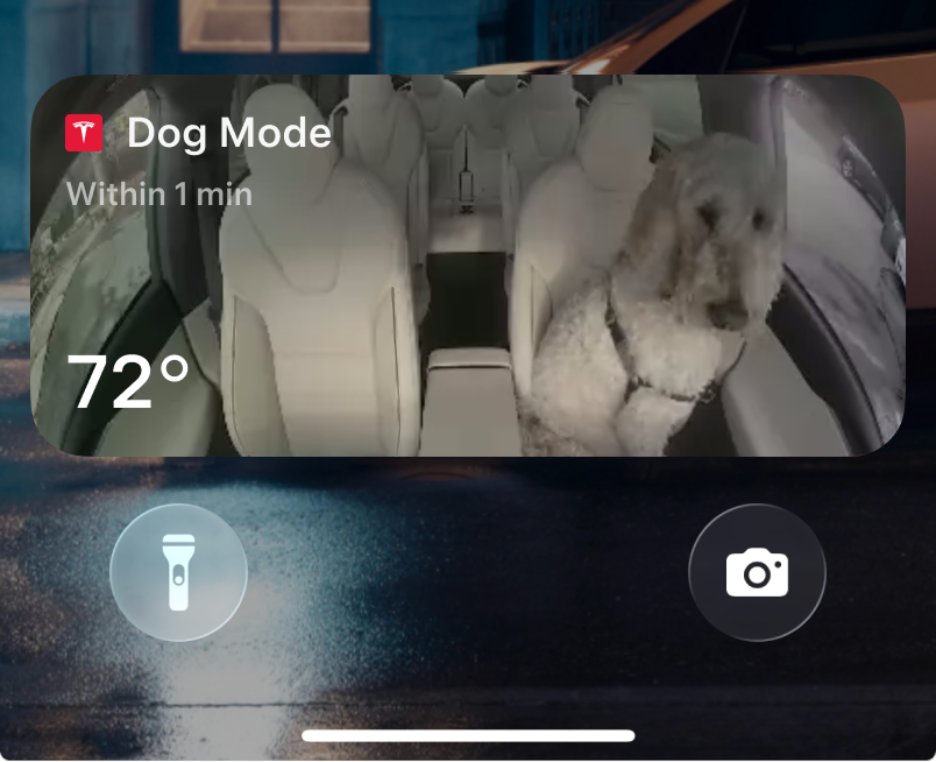
Dashcam Viewer Update
Dashcam clips are awesome, but they’re void of a lot of information, which could be useful in some instances, especially if there is an accident.
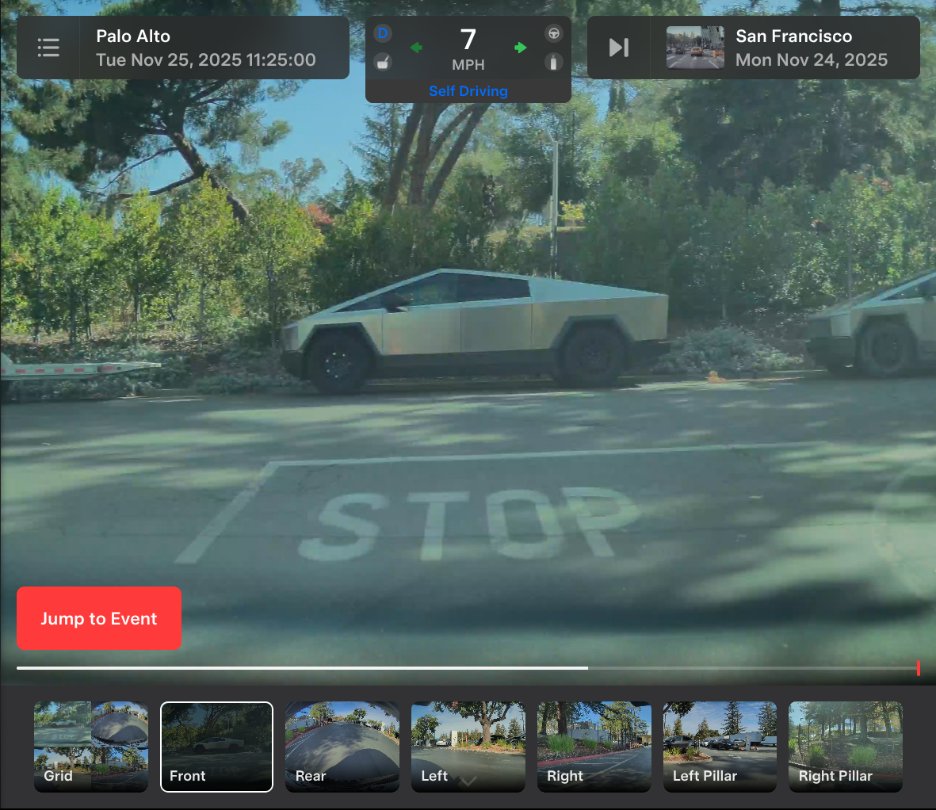
Now, there will be additional details included on each Dashcam clip, like speed, steering wheel angle, and Self-Driving state.
Santa Mode
New graphics, trees, and a lock chime are now available.
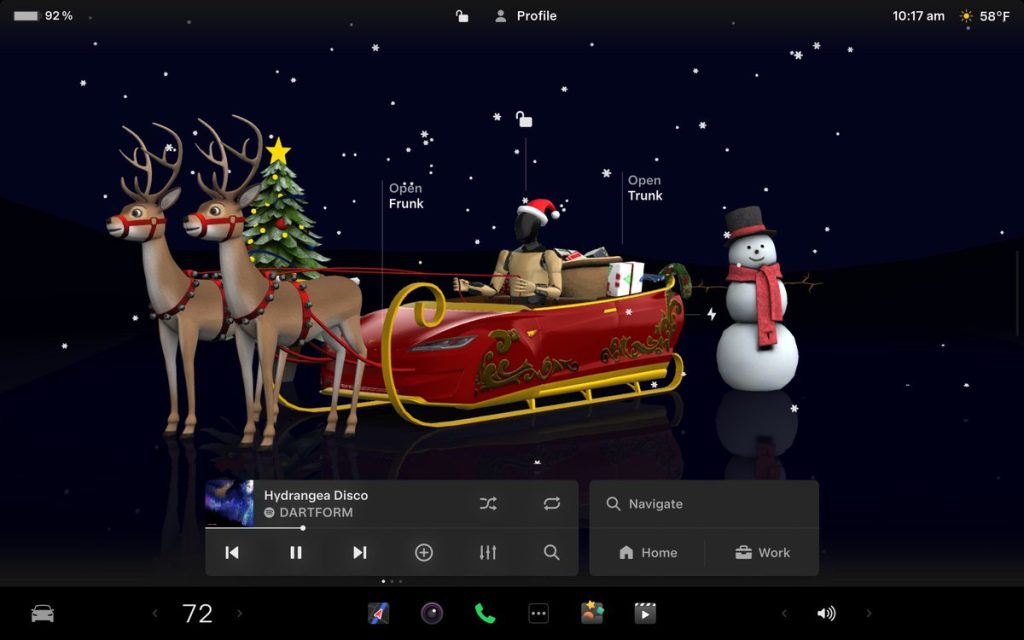
Light Show Update
A new Light Show, called Jingle Rush, will be available.
Custom Wraps and License Plates in Colorizer
Colorizer will now be known as “Paint Shop” in the Toybox. You will now be able to personalize your Tesla Avatar with window tints, custom wraps, and license plates. Preloaded designs will be available, but owners will be able to use their USB Flash Drives to create one that suits their style.
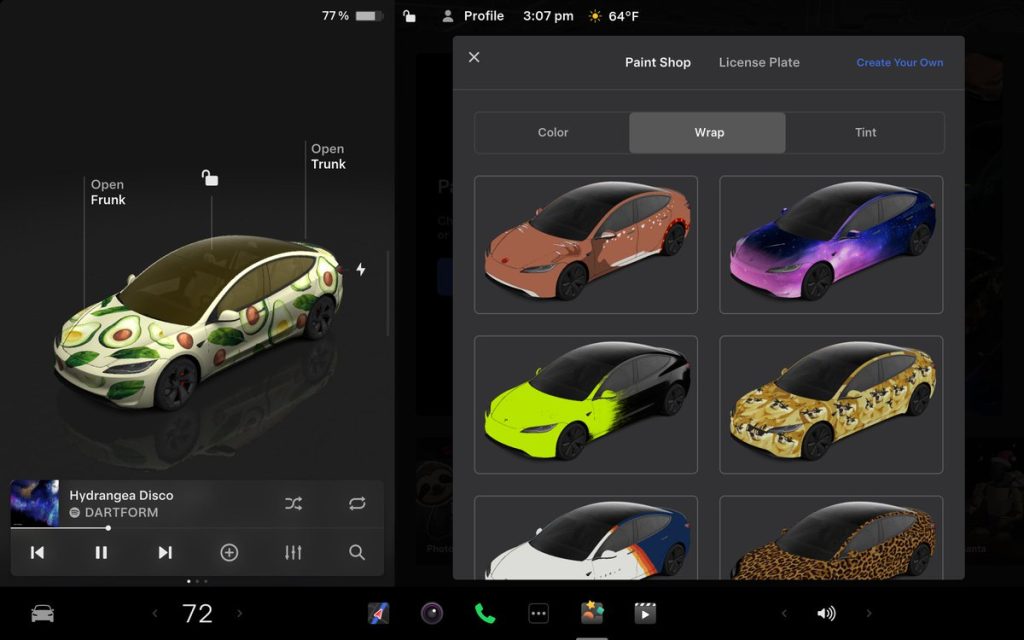
Navigation Improvements
Changing the order of your destinations will be easier through a new “Favorites” tab, and Home and Work can now be set by dropping a pin.
There will also be “Suggested Destinations,” which will be determined through recent trips and habits while parked.
Supercharger Site Map
Perhaps the most significant feature of the Holiday Update, Tesla is adding a 3D view of select Tesla Superchargers by tapping “View Site Map.”
When navigating to a location with this capability, the site layout, live occupancy, and nearby amenities will be available. Drivers will also be able to choose which stall to Supercharge.
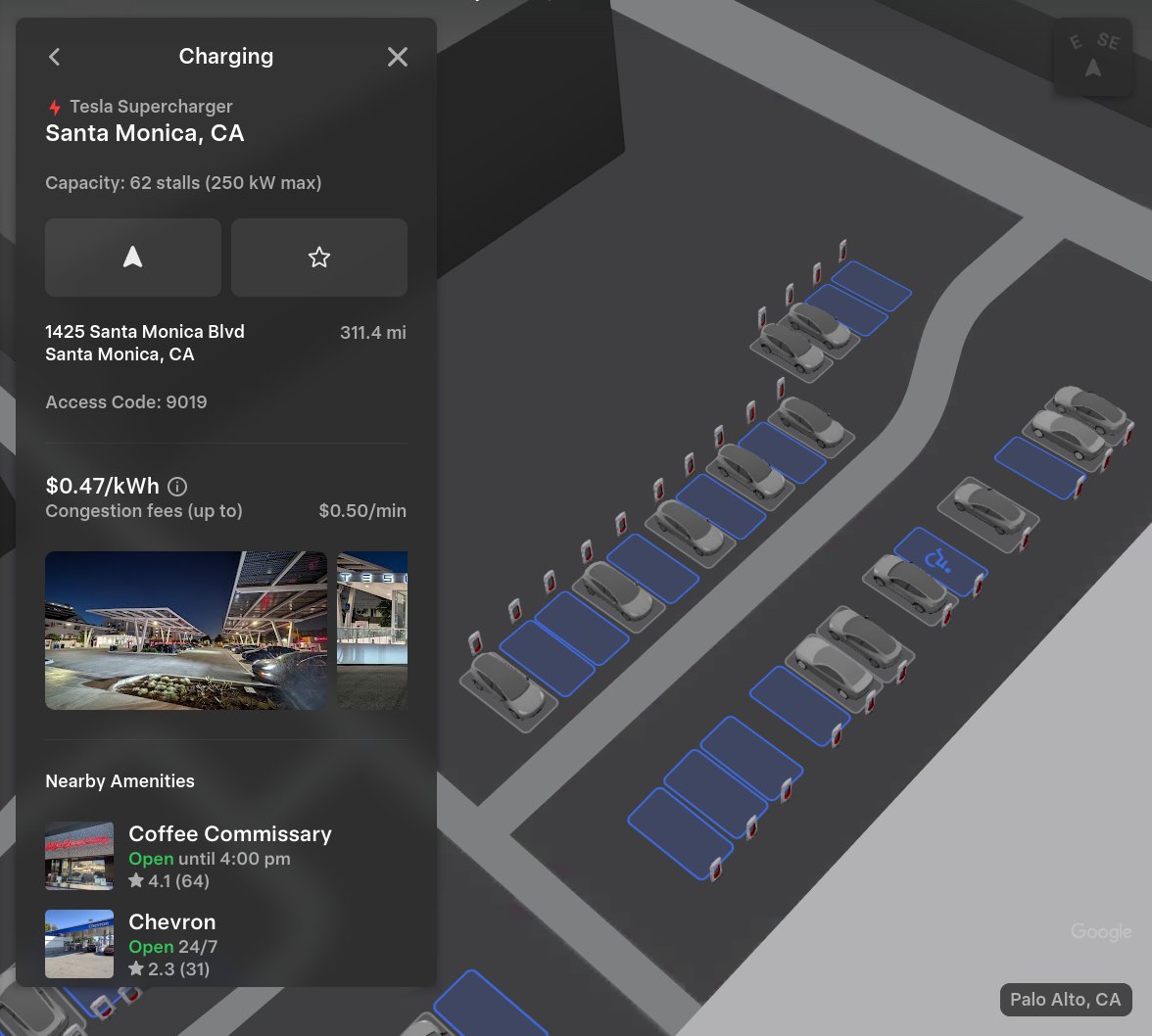
This is only available at a handful of locations currently, but it will expand to more Superchargers as it becomes more robust.
Automatic Carpool Lane Routing
Navigation will include an option to utilize carpool lanes. Your route will automatically choose the carpool lane when eligible.
Phone Left Behind Chime
If the in-car occupant detection system does not see anyone in the car and there is a phone key, or if a phone is left inside the cabin, your Tesla will chime a few seconds after the doors close.
Charge Limit Per Location
You can now save a charge limit for the current location while parked and it will be applied automatically the next time you charge there.
ISS Docking Simulator
In a SpaceX collaboration, Tesla has added this game to its in-car Arcade:
“Become an astronaut and prove your skills by docking with the International Space Station. Control & guide the rocket in this 3D docking simulator game using a set of controls based on actual interfaces used by NASA astronauts.”
Additional Improvements
-
Enable or disable wireless phone charging pads in Controls > Charging (S3XY) or Controls > Outlets & Mods (Cybertruck)
-
Add Spotify tracks to your queue right from the search screen & scroll through large Spotify playlists, albums, podcasts, audiobooks & your library seamlessly, without paging
-
Take the vibes up another level with rainbow colors during Rave Cave. Accent lights color will change along with the beats of your music. App Launcher > Toybox > Light Sync
-
Lock Sound now includes Light Cycle from Tron Mode. Toybox > Boombox > Lock Sound
What’s Missing
There are a handful of features we expected to see with the Holiday Update, but were not included.
Banish Feature
Tesla has been teasing the Banish functionality for quite a few years, but evidently, it is not quite there yet.
Banish will allow owners to get out of their vehicle at the entrance of their destination, and the car will go find a spot and park itself. Some refer to it as “Reverse Summon.”
Apple CarPlay
With all of the rumors regarding Apple CarPlay and then the evidence that Tesla was working to bring CarPlay to vehicles, we really expected it to come with the Holiday Update.
We’re not upset it’s not here, though. Tesla’s in-car UI is significantly better, at least in our opinion.
Parking Spot Selection
One of the biggest gripes about the new Arrival Features with Full Self-Driving v14 is that choosing a set parking spot is not available. This is especially frustrating for Tesla owners who rent or live in townhouse neighborhoods or apartment complexes with assigned parking.
Tesla seems to be working on this based on the release notes for v14.2, where it said future capabilities would include Parking Spot Selection.
News
Man credits Grok AI with saving his life after ER missed near-ruptured appendix
The AI flagged some of the man’s symptoms and urged him to return to the ER immediately and demand a CT scan.

A 49-year-old man has stated that xAI’s Grok ended up saving his life when the large language model identified a near-ruptured appendix that his first ER visit dismissed as acid reflux.
After being sent home from the ER, the man asked Grok to analyze his symptoms. The AI flagged some of the man’s symptoms and urged him to return immediately and demand a CT scan. The scan confirmed that something far worse than acid reflux was indeed going on.
Grok spotted what a doctor missed
In a post on Reddit, u/Tykjen noted that for 24 hours straight, he had a constant “razor-blade-level” abdominal pain that forced him into a fetal position. He had no fever or visible signs. He went to the ER, where a doctor pressed his soft belly, prescribed acid blockers, and sent him home.
The acid blockers didn’t work, and the man’s pain remained intense. He then decided to open a year-long chat he had with Grok and listed every detail that he was experiencing. The AI responded quickly. “Grok immediately flagged perforated ulcer or atypical appendicitis, told me the exact red-flag pattern I was describing, and basically said “go back right now and ask for a CT,” the man wrote in his post.
He copied Grok’s reasoning, returned to the ER, and insisted on the scan. The CT scan ultimately showed an inflamed appendix on the verge of rupture. Six hours later, the appendix was out. The man said the pain has completely vanished, and he woke up laughing under anesthesia. He was discharged the next day.
How a late-night conversation with Grok got me to demand the CT scan that saved my life from a ruptured appendix (December 2025)
byu/Tykjen ingrok
AI doctors could very well be welcomed
In the replies to his Reddit post, u/Tykjen further explained that he specifically avoided telling doctors that Grok, an AI, suggested he get a CT scan. “I did not tell them on the second visit that Grok recommended the CT scan. I had to lie. I told them my sister who’s a nurse told me to ask for the scan,” the man wrote.
One commenter noted that the use of AI in medicine will likely be welcomed, stating that “If AI could take doctors’ jobs one day, I will be happy. Doctors just don’t care anymore. It’s all a paycheck.” The Redditor replied with, “Sadly yes. That is what it felt like after the first visit. And the following night could have been my last.”
Elon Musk has been very optimistic about the potential of robots like Tesla Optimus in the medical field. Provided that they are able to achieve human-level articulation in their hands, and Tesla is able to bring down their cost through mass manufacturing, the era of AI-powered medical care could very well be closer than expected.
News
Tesla expands Model 3 lineup in Europe with most affordable variant yet
The Model 3 Standard still delivers more than 300 miles of range, potentially making it an attractive option for budget-conscious buyers.

Tesla has introduced a lower-priced Model 3 variant in Europe, expanding the lineup just two months after the vehicle’s U.S. debut. The Model 3 Standard still delivers more than 300 miles (480 km) of range, potentially making it an attractive option for budget-conscious buyers.
Tesla’s pricing strategy
The Model 3 Standard arrives as Tesla contends with declining registrations in several countries across Europe, where sales have not fully offset shifting consumer preferences. Many buyers have turned to options such as Volkswagen’s ID.3 and BYD’s Atto 3, both of which have benefited from aggressive pricing.
By removing select premium finishes and features, Tesla positioned the new Model 3 Standard as an “ultra-low cost of ownership” option of its all-electric sedan. Pricing comes in at €37,970 in Germany, NOK 330,056 in Norway, and SEK 449,990 in Sweden, depending on market. This places the Model 3 Standard well below the “premium” Model 3 trim, which starts at €45,970 in Germany.
Deliveries for the Standard model are expected to begin in the first quarter of 2026, giving Tesla an entry-level foothold in a segment that’s increasingly defined by sub-€40,000 offerings.
Tesla’s affordable vehicle push
The low-cost Model 3 follows October’s launch of a similarly positioned Model Y variant, signaling a broader shift in Tesla’s product strategy. While CEO Elon Musk has moved the company toward AI-driven initiatives such as robotaxis and humanoid robots, lower-priced vehicles remain necessary to support the company’s revenue in the near term.
Reports have indicated that Tesla previously abandoned plans for an all-new $25,000 EV, with the company opting to create cheaper versions of existing platforms instead. Analysts have flagged possible cannibalization of higher-margin models, but the move aims to counter an influx of aggressively priced entrants from China and Europe, many of which sell below $30,000. With the new Model 3 Standard, Tesla is reinforcing its volume strategy in Europe’s increasingly competitive EV landscape.








